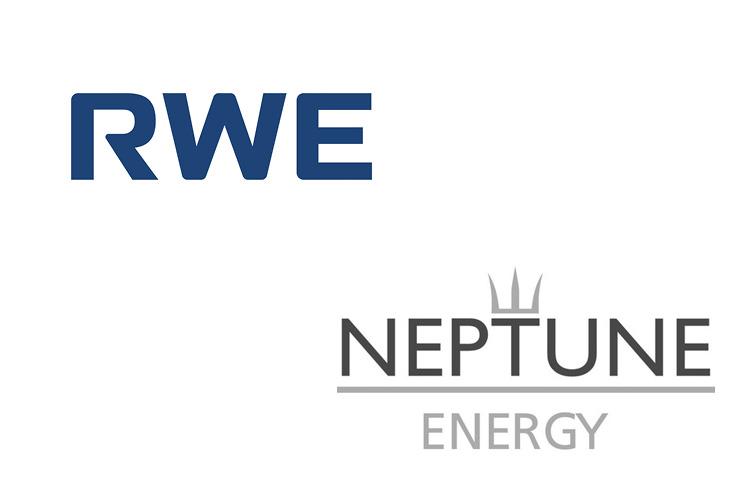German RWE Partners With Neptune Energy to Harness Offshore Wind Using Existing Pipelines

A German firm, RWE, has signed a partnership deal with Neptune Energy to establish a clean hydrogen-based demonstration project targeting an electrolyzer capacity of about 00 to 500 megawatts in the Dutch North Sea, the company said in a statement on Tuesday, February 15 explained.
According to the statement, the company will carry out the H2opZee project in two phases, with the first part of the project focusing on feasibility studies and the second phase focusing on the actual project implementation. The project is aimed at completion before 2030.
“Hydrogen is a gamechanger in the decarbonization of energy-intensive sectors, and H2opZee is among the world’s first projects of this kind and scale,” said Sven Utermöhlen, RWE Renewables’ CEO for offshore wind.
Hydrogen is one of the fuels with diverse uses in a wide range of applications across multiple industries, including electricity generation, fuel for fuel cell vehicles, and more. With high market demand, clean hydrogen supplied to the market can be produced in two broad ways, electrolysis being one of the preferred techniques.
When hydrogen is produced through electrolysis using energy from renewable sources such as wind and solar power, the resulting hydrogen is known as renewable or green hydrogen. As such, hydrogen produced by RWE and Neptune Energies is considered green.
According to the two companies, the H2opZee project will utilize offshore wind power to generate hydrogen, which is funneled to the offshore grid using the already existing pipelines. The pipeline’s capcity is about 10 to 12 gigawatts.
“The energy transition can be faster, cheaper, and cleaner if we integrate existing gas infrastructure into new systems,” Lex de Groot, the managing director of Neptune Energy in the Netherlands, said in a statement.
“This infrastructure is technically suitable. As a result ... no new pipeline at sea is needed, and no new landfall needs to be made through the coastal area.”
While the new partnership uses the existing pipeline infrastructure to transport hydrogen, the technique is no longer new. In July 2021, Snam, the energy infrastructure company CEO, outlined a vision for green hydrogen’s future.
With the rising demand for green hydrogen as global economies intensify efforts to transition to a green economy with zero emissions, the European Commission plans to install renewable hydrogen electrolyzers with a capacity of 40 GW within the European Union by 2030.

